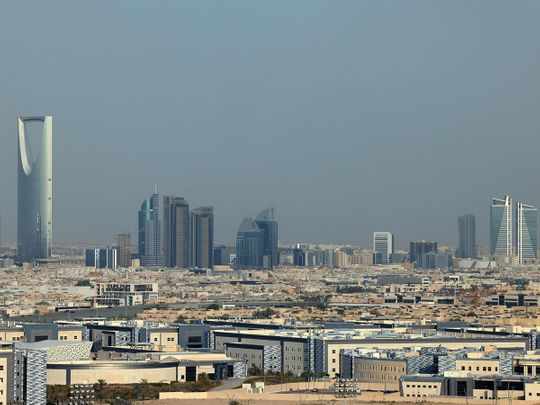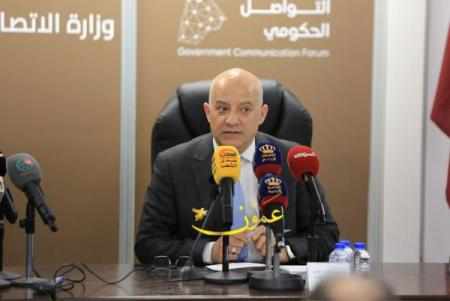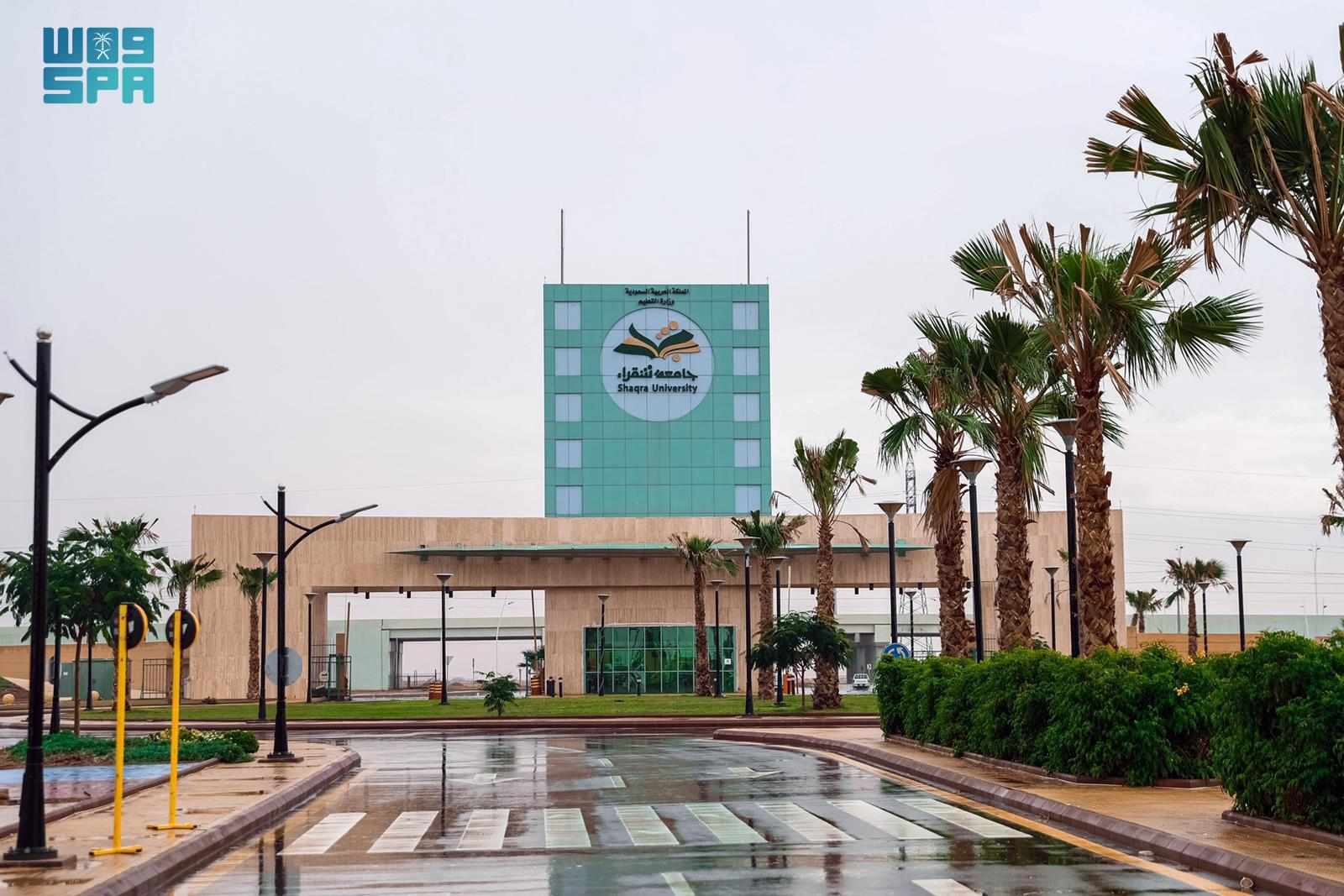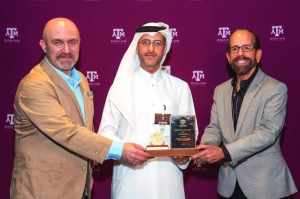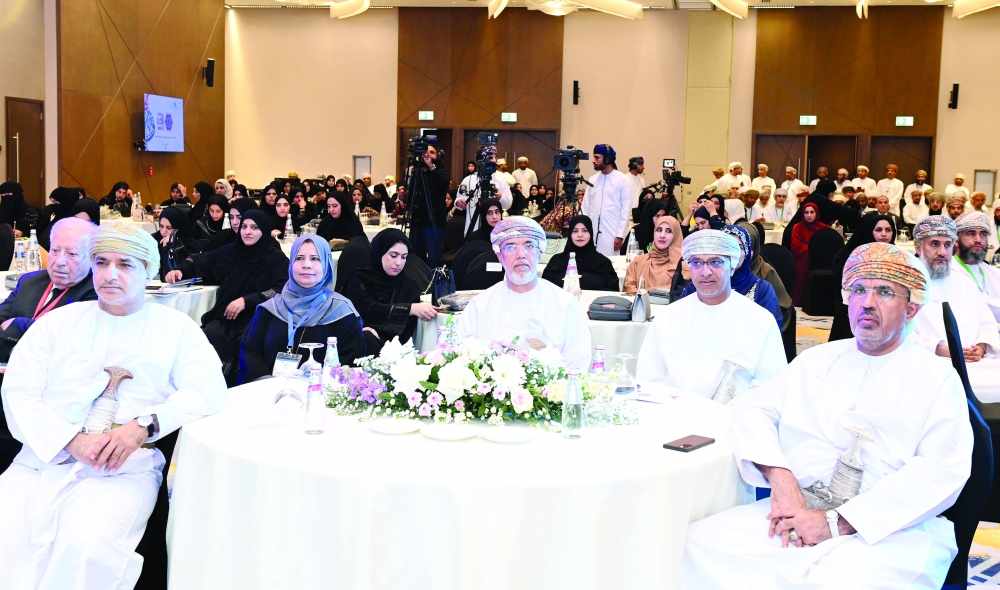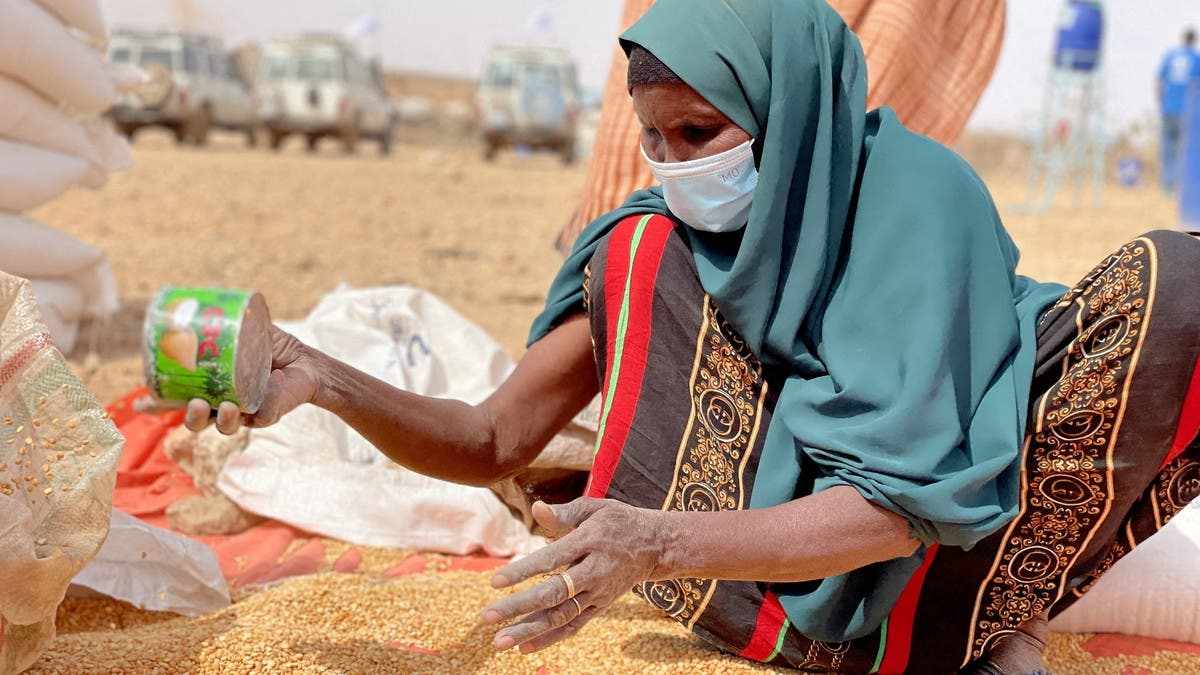Configuring education in an age of displacement
- Date: 08-Oct-2021
- Source: Gulf Times
- Sector:Education
- Country:Middle East
Configuring education in an age of displacement
By Gordon Brown and Allan Goodman / London
• Extending hope and opportunity to young people at risk of being left behind is a powerful way to bring about a transformative solution to the refugee crisis
The ongoing flood of refugees from Afghanistan – now some 2.6 million strong – is sadly no isolated tragedy. Indeed, if all of today’s 82.4 million refugees and forcibly displaced persons were gathered into a single state it would be the world’s twentieth largest country by population.
If current trends continue, and climate change adds substantially to the numbers as the World Bank predicts, the number of refugees and displaced persons by mid-century could exceed the population of Brazil, and nearly that of Germany, Italy, the United Kingdom, and France combined. With sea levels rising, some forecasters suggest that the world’s displaced population – already the largest recorded in human history – could exceed one billion.
Long before we heard anything about a novel coronavirus, the rising number of refugees was being driven by the pathogens of war and ethnic and religious hatred, and by our collective inability to feel others’ pain. Refugee “camps” have become permanent cities, but most refugees are dispersed in


